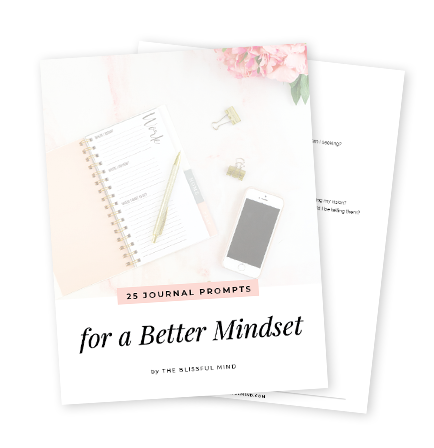Emotional Decluttering: Letting Go of Thoughts That Weigh You Down
- by Emotional Mind
- No Comments

Emotional Decluttering: Letting Go of Thoughts That Weigh You Down
- by Emotional Mind
- No Comments



 In current society, many people are burdened with substantial emotional baggage, usually without realizing how much all of that baggage has drained their energy and limited their quality of life. Scientific evidence has substantiated that emotional decluttering is really important for psychological health, cognitive performance, and fulfilling your life through systematic release of mental and emotional burdens.
In current society, many people are burdened with substantial emotional baggage, usually without realizing how much all of that baggage has drained their energy and limited their quality of life. Scientific evidence has substantiated that emotional decluttering is really important for psychological health, cognitive performance, and fulfilling your life through systematic release of mental and emotional burdens.




Get 25 journaling prompts to clear your head and improve your mindset on a daily basis (even when you don’t know what to write about).